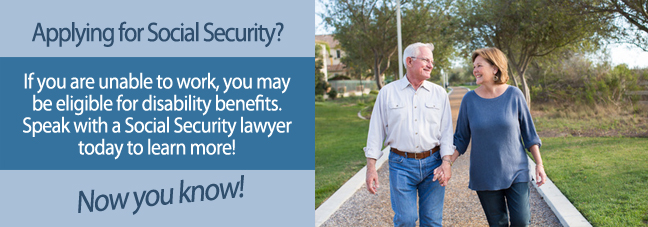If you have had your application for a social security benefit from the Social Security Administration (SSA) rejected, don’t give up. As much as 70% of SSD benefit applications are turned down by the SSA initially. If you are suffering from atrial fibrillation (A-Fib) it can be debilitating enough to make it difficult or impossible to continue working. You should qualify for a SSD benefit as long as you are able to convince the SSA that your condition is serious enough. Most SSD applications fail initially because the medical evidence given to support the application is not sufficient. The good news is that of all applications that are rejected, many are appealed and 50% of these end in a reversal of the decision to deny a benefit. The tips below are intended to help you file a successful appeal.
Use These Tips When Filing an Appeal
Tip#1 Use the Blue Book to identify the medical characteristics you need to show evidence for. The Blue Book entry for atrial fibrillation comes in section 4.05, Recurrent Arrhythmia. The entry details the criteria and symptoms that you must have before your condition is accepted as a disability. You should read through this section with your cardiologist carefully to work out what medical evidence and documentation you have or don’t have to meet the criteria in the Blue Book.
Tip#2 Review and ensure you have a complete medical history of your A-Fib illness.
These are some of the details you should have in your medical history which are required by the SSA as noted in the Blue Book:
- the date your A-Fib began or when the first symptoms were experienced;
- whether there was any record of prior cardiac illness;
- whether there was any evidence of events that could have caused onset of the arrhythmic conditions;
- documentation of a full medical examination;
- any documentation of specific diagnostic symptoms such as fainting or near-fainting provided by your physician; the Blue Book criteria state that for A-Fib to be recognized as a disability, there must be evidence of at least 3 fainting or near-fainting events despite treatment within a 12 month period directly related to A-Fib.
- a minimum of three months of cardiac critical history.

Tip#3 Review and ensure you have evidence of your medical condition
The following test results viewed together help to provide diagnostic evidence of the seriousness of your atrial fibrillation condition:
- use of a cardiac event recorder, which can record your heart activity when experiencing symptoms. The recorder is a mobile device;
- use of a portable ECG device called a Holter monitor, usually worn by the patient over a1-2 day period as a diagnostic tool;
- use of an echocardiogram (ultrasound); this is a useful test following or part of a residual functional capacity (RFC) evaluation normally undertaken by a physician or preferably a specialist cardiologist; An RFC may also use exercise tests in which you carry out various physical exercises followed by diagnostic testing of your cardiac response.
Tip#4 Obtain evidence of all hospital visits, stays and surgery that you have had related to your atrial fibrillation.
Tip#5 Get a free case evaluation. A disability attorney can help your chances of reversing a benefit rejection through appeal significantly.